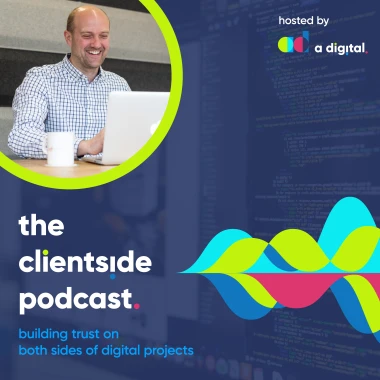
Email marketing with Keith Monaghan
The Clientside Podcast
38 min Keith Monaghan
Keith Monaghan has sent email campaigns to millions of recipients for some of the world's most recognisable brands including Western Union, bike brands Specialized and Trek, Lucas Film and Nike.
In this episode, Andrew Armitage talks about privacy in email marketing (which is particularly timely given the recent announcement from Apple on iOS15 and macOS Monterey), whether email automation needs to be personalised and the importance of not over-complicating your campaigns.
Keith’s mission is to simplify marketing and help businesses of all sizes reach their customers with good, solid marketing that gets results. He's the author of 'Easy Email Marketing: 10 Simple Steps For Creating And Sending Email Your Customers Will Love'.
Listen on your smart device or read the transcript below
Email marketing isn't nearly as invasive as people think. They can know that you open the email. They can know that you click on the link and that's about it. They may know roughly where you are geographically based on your IP, but In my experience, that technology is pretty flawed.
Keith Monaghan Tweet

